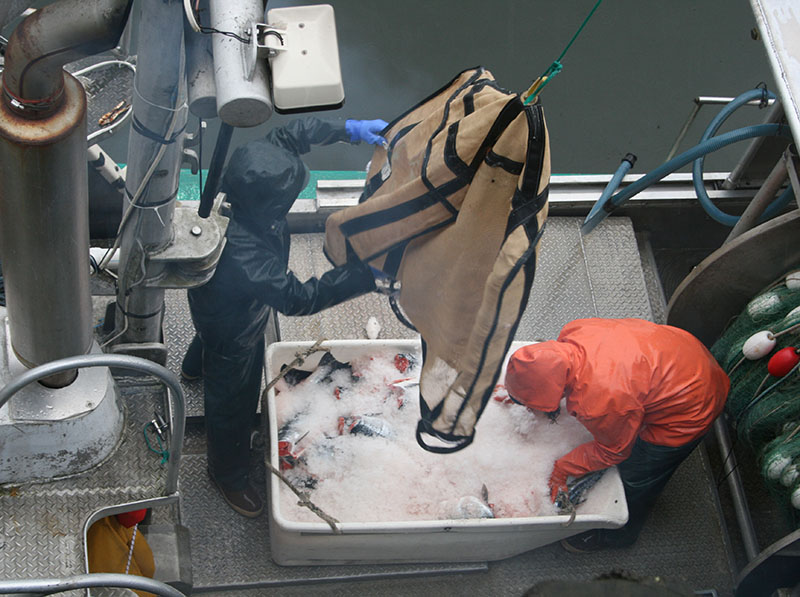Alaska’s preliminary statewide salmon harvest came in at 113.56 million fish, down sharply from last year’s 199.98 million fish and ranking it 34th largest on record.
As predicted by the Alaska Department of Fish and Game, the harvest of pink salmon this year was expected to drop by around 68 million fish from last year; so there were no surprises when the final pink tally came at 57.91 million.
As for the harvest of other species in 2020, fleets landed 7.89 million chums, 2.14 million silvers, 249,000 kings and 45.38 million sockeyes.
In Bristol Bay, about 70 percent of the gillnetters showed up to fish as the season got underway in late June. Fishermen and seafood plant workers were quarantined in some cases, and drift fishermen were confined to living on their boats out on the water for the season instead of tying up to the docks during fishing closures.
In all, the Bristol Bay fleet landed 39.25 million sockeyes for 90 percent of the state’s sockeye harvest. Major processors offered 70 cents per pound, with many bumping prices upward of a dime for refrigerated fish.
As for the markets, the onset of covid-19 spurred demand for canned salmon.
“Going into the season, even before covid, the market was hot,” says Garret Evridge, a fisheries economist with the McDowell Group, in Anchorage. “There was already going to be an emphasis on canned before covid came along.”
As another dynamic, Evridge notes that the Bristol Bay harvest was compressed in its pace as many processors were understaffed or had limited capacity in observance of state-sanctioned covid protocols.
“Processors were not able to produce as much volume of higher end product,” Evridge says. As a result, much of the salmon pack went into frozen H & G product rather than fillets or other value-added product forms. With the widespread closure of restaurants, farmed salmon distributors bailed from the foodservice sector and pumped frozen product into the retail sector at a price point that hobbled sales of Alaska’s wild salmon.
For fishermen in the self-marketing arena, sales were hot.
Evridge adds that the market “skyrocketed” for fishermen with a web presence in March as consumers flocked to the stores to hoard toilet paper and other commodities.
“It prompted the question, ‘Where does my food come from?’”







